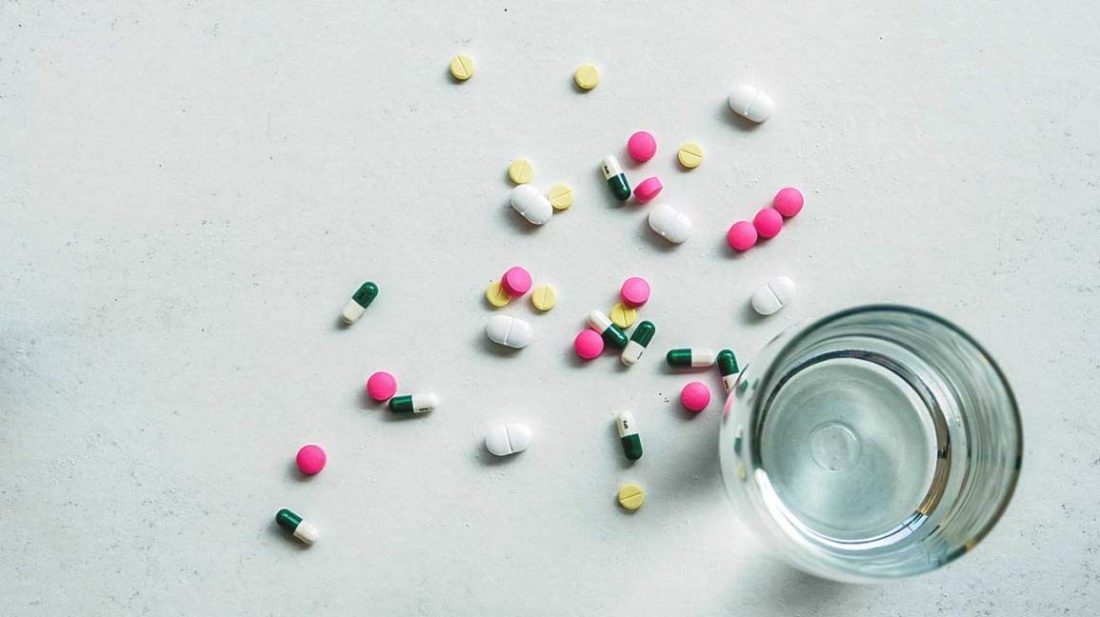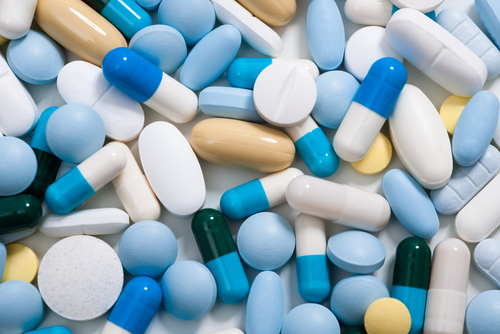Doctors’ orders: Understanding Utah’s Opioid Crisis

There is no escaping the love-hate relationship between opium and the long list of opiates that are derived from it.
While there are few, if any, drugs better at treating pain, stopping diarrhea and the cessation of coughing, there are few drugs that enslave us as quickly, both physically and mentally.
A recent statistic should remind us of just how deadly these drugs can be. More Americans are dying from opioid overdoses than car crashes. According to the National Safety Council, the chances from dying from a car accident is 1 in 103, while the odds of dying from an opioid overdose is 1 in 96. We must also remember that millions of those who are addicted do not die or find themselves in emergency rooms and therefore are not counted.
According to The Guardian, in 2014 more than one-third of Utah adults had a prescription for opioid painkillers. The Utah Department of Health reports that this is an increase of more than 400 percent since 2000. For many, addiction starts with a medical condition or a sports injury. While skiing, you take an awkward turn and fall. You injure your hip. You limp around for a few days before seeking medical treatment. Once at your physician it is noted that you are in considerable pain. You are prescribed one of the best painkillers on the planet, an opioid.
In a significant part of our culture, there is a strong inducement to be perfect — to be the outstanding family on your block. Your drug secret must be kept at all costs. Obtaining treatment regardless of the initial cause of your addiction is out of the question.
Recently, however, in a dramatic turn of events, we as a state are confronting our opioid addiction.



